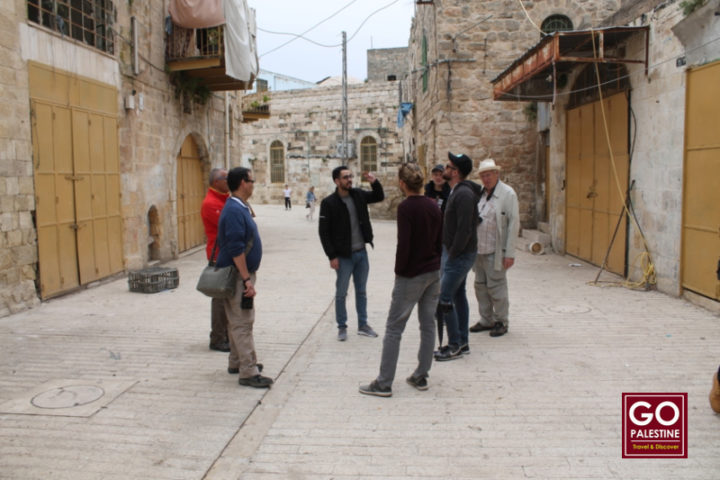Exploring the Complex History
In the early 20th century, a significant influx of Jewish refugees escaping persecution in Europe settled in the Levantine coastal region of Palestine. Following the aftermath of World War I and World War II, the Jewish population grew, leading to tensions with the Arab population. The United Nations’ 1947 proposal to divide the territory into Israel and Palestine sparked a series of conflicts and wars that persist to this day.
The region’s significance is underscored by the presence of religious sites sacred to Jewish, Muslim, and Christian communities within both Israeli and Palestinian territories. Due to this complexity, many governments caution against non-essential travel to the West Bank, labeling it as a destination for reconsideration.
Despite the global attention on the Israeli-Palestinian conflict, traveling within the West Bank offers a safe and enriching experience, contrasting with media portrayals. The region boasts historical landmarks, archaeological sites, picturesque landscapes, vibrant cultures, and engaging activities for visitors.
Distinguishing the West Bank from Gaza
It is crucial to differentiate between the West Bank and Gaza Strip, often conflated by those unfamiliar with the Palestinian Territories. Governed by separate entities, the West Bank is under the Fatah-led Palestinian Authority, while Hamas controls the Gaza Strip. The international community recognizes the West Bank as part of the State of Palestine, whereas Hamas faces allegations of terrorism.
Due to these governance disparities and global recognition, the West Bank generally offers a safer environment compared to the volatile Gaza Strip. The latter frequently experiences violent clashes between Hamas militants and Israeli forces, resulting in civilian casualties. Instances of conflict reported in the media predominantly pertain to Gaza rather than the West Bank.
Ensuring Safety in the West Bank
Recent years have witnessed a surge in tourism to West Bank cities like Bethlehem, Jericho, and Ramallah, reflecting the region’s improved safety for foreign visitors. These urban centers boast modern amenities such as shopping malls, restaurants, and free WiFi in some areas. In Zone A, under Palestinian Authority control, locals coexist peacefully, engaging in daily routines akin to any other community.
While Israeli military occupation persists in much of the West Bank, foreigners can mitigate safety concerns by staying informed about current events and avoiding political demonstrations. Incidents involving Palestinian youth and Israeli Defense Force near checkpoints and settlements are sporadic and can be evaded with vigilance.
Foreign visitors may encounter minor inconveniences at Israeli checkpoints but are typically allowed to proceed after routine questioning by IDF personnel.
Embracing the West Bank Community
The warmth and hospitality of West Bank residents create a welcoming atmosphere for visitors. Despite challenges posed by media misrepresentation and travel restrictions, Palestinians extend gestures of kindness, offering treats like falafel and inviting strangers into their homes for meals. Interactions with locals reveal the genuine humanity and generosity of the Palestinian people, fostering meaningful connections and dispelling misconceptions.

